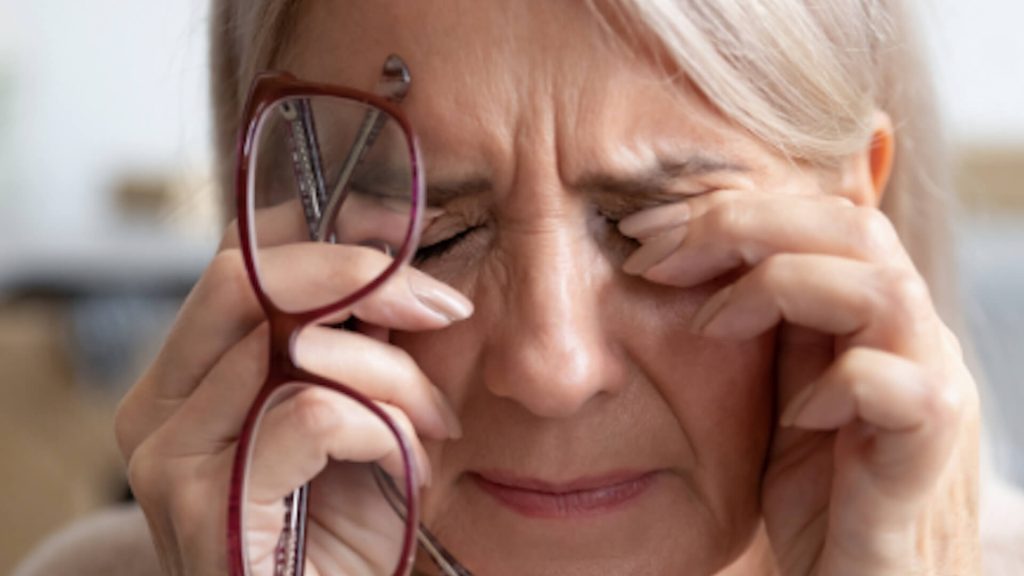Thyroid eye disease is present in up to 40% of patients with an autoimmune thyroid condition.
Most commonly associated with Grave’s disease, a small number of presentations can also be associated with Hashimoto’s thyroiditis. Early signs of TED can be subtle and its diagnosis is missed or delayed in over half of affected patients.
TED has a big negative impact on patients’ quality of life, employment, and self-esteem; it is associated with significant psychological effects and socioeconomic burden. Early suspicion and referral for assessment may lead to symptomatic relief, and early intervention with immunomodulation can decrease the severity of the disease.
RISK FACTORS FOR TED
- Women aged 30-50 are up to five times more likely to develop TED compared to men.
- Smoking is the biggest independent modifiable risk factor. Smokers with Grave’s disease are 7 times more likely to develop TED, and smokers with TED have a longer and more severe course of disease.
- Radioactive iodine, used in treatment of Grave’s disease, may lead to a worsening of TED, and patients for whom this is a likely treatment should be assessed prior and considered for prophylactic systemic corticosteroids.
SYMPTOMS OF TED
The most common symptom of TED is persistently uncomfortable, red, watering eyes. This is not usually associated with discharge or itch, as would be expected in the more common diagnosis of conjunctivitis or allergic eye disease. TED should be considered in these patients, as well as those that present with proptosis, lid retraction (leading to the ‘thyroid stare’), aching behind the eyes which is worse in the mornings or on upgaze, double vision (usually a late sign), and a personal or a family history of thyroid disease.
TIME COURSE AND MANAGEMENT FOR TED
Thyroid eye disease tend to follow ‘Rundle’s curve’; there is a period of active disease lasting from 18-24 months, followed by a static/stable, then quiescent, period. This active period can occur any time after the diagnosis of thyroid dysfunction – it sometimes occurs before any diagnosis of thyroid disease is made, and can rarely occur without ever having evidence of abnormal thyroid activity.
Most patients with TED experience a mild course where symptoms can be conservatively managed with lifestyle measures and ocular lubricants. Selenium 100 mcg daily has also been shown to significantly benefit those with non-inflammatory TED.
Patients who are assessed to have significant active disease may require treatment with biologics, systemic corticosteroids, or orbital radiation to prevent long term complications.
The sometimes-debilitating diplopia or changes in appearance are supported conservatively or medically through the active phase of TED. Strabismus surgery or surgical correction of lid retraction and proptosis is delayed until the quiescent phase in all but the most extreme cases where there is a long-term threat to vision.
Although rare, permanent vision loss can occur in TED from progressive compressive optic neuropathy. Regular monitoring through clinical assessment, visual field testing, and imaging when indicated, allows for early intervention in at-risk patients.
All patients with TED should be referred to and managed by a specialist with expertise with TED, or a combined thyroid clinic where there is established collaboration between an endocrinologist and an ophthalmologist. The early correction of any thyroid function disturbance is vital to the management of TED, and all patients should be screened for smoking, and counselled and supported in smoking cessation. As with many diseases, the early detection and management of TED can drastically change its course for the patient, and collaborative work between GPs, endocrinologists, and ophthalmologists is vital for a positive outcome.
